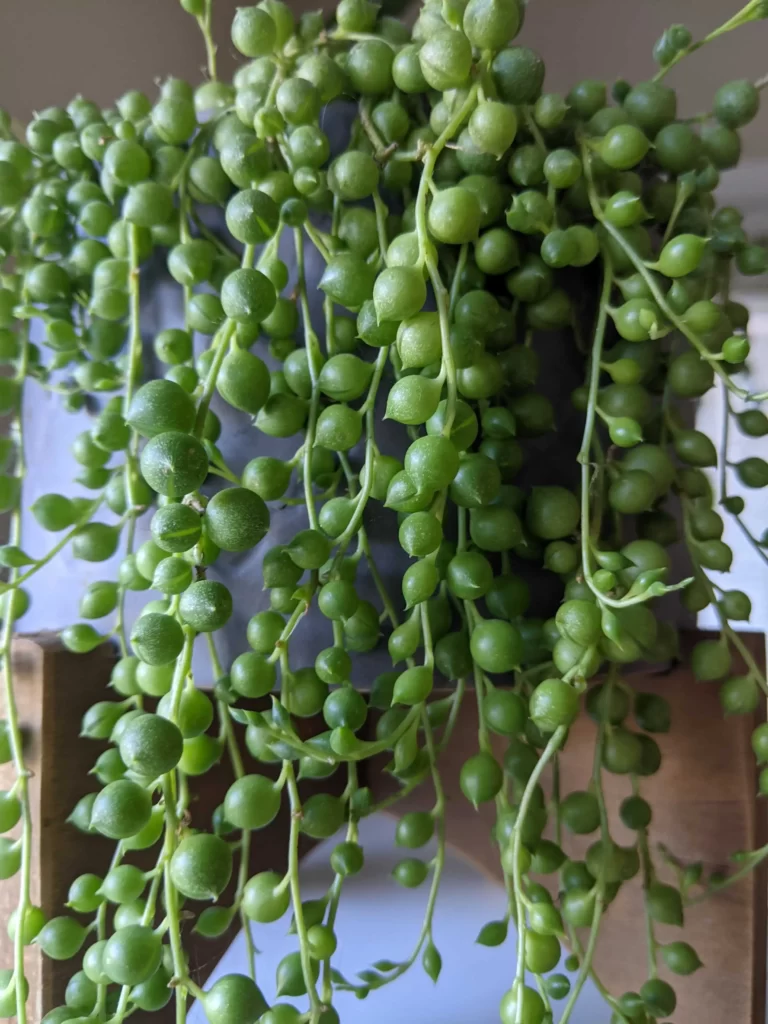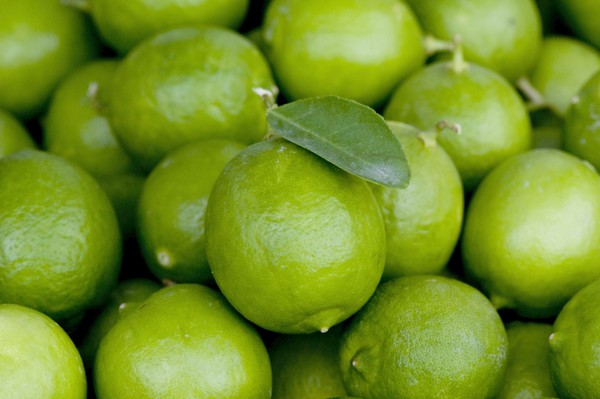Watermelons are a summertime favorite for many, but not everyone has the space to grow them. However, with some creative thinking and planning, it’s possible to cultivate these juicy fruits in small spaces like raised beds or large pots.
In this guide, we’ll explore the best varieties of watermelon for small spaces and share tips on how to grow them successfully. From training vines along trellises to utilizing arbor space, we’ve got you covered.
So grab your gardening gloves and get ready to learn how to grow watermelon in a small space – because there’s nothing quite like biting into a sweet slice of homegrown goodness!
What is the typical size of watermelon plants?

Watermelon plants are one of the largest garden plants, with big lobed leaves that are bright green. Watermelon plants typically have a height between 15 to 24 inches and their vines can stretch up to 8 feet, although some may exceed 18 feet in length.
These plants are heavy feeders and need a warm soil temperature to thrive. When left unchecked, they can wind up smothering neighboring plants, so it’s essential to keep them in check by training their vines along trellises or utilizing arbor space.
Can you provide information on the growing requirements of watermelon?
Watermelons require deep, loose soil that is nutrient-rich and neutral to slightly acidic sandy loam. The roots of these plants are invasive, so it’s important to provide ample space for them to grow. They are heavy feeders and require consistent watering and fertilization.
When planting watermelon seeds, they should be sown 1-2 inches deep and spaced 3-4 feet apart in rows that are at least 6 feet apart. Container watermelons can be grown in pots that are at least 5 gallons in size with drainage holes. Liquid fertilizer can be added every two weeks during the growing season to support their growth.
Harvest time varies depending on the variety but typically occurs when the fruit sounds hollow when tapped and has a uniform color with a dull sheen.
Which watermelon varieties are suitable for cultivation in limited spaces?

If you have a small space but still want to enjoy homegrown watermelons, several varieties are perfect for your garden or balcony. Personal watermelons, also known as miniature watermelons, are suitable for small gardens due to their single-serving size. Blacktail Mountain’ is a watermelon variety available in miniature or full-sized. It features a solid dark green rind and can be harvested in 60 to 75 days. It is considered one of the sweetest watermelons on the market currently.
The ‘Mini Love’ and ‘Sugar Baby’ watermelons have bright green rinds and sweet, juicy red flesh just like traditional watermelons. However, they only grow to about half the size which makes them suitable for growing on small trellises. The watermelon variety called ‘Little Baby Flower’ can be grown in container gardens due to its small size, with a maximum weight of only 2 to 4 pounds when mature.
Can you provide information on the process of cultivating watermelons in raised beds with trellises?
Growing watermelons in raised beds with trellises are a great way to maximize space and produce heavy fruit. To start, mound the soil towards the center of the bed to encourage drainage and warm soil for germination. Sow 2-3 watermelon seeds roughly a foot apart, and once they sprout their true leaves, choose the strongest seedling to keep and cut the others.
Train the vine up a trellis or support system to save space and promote air circulation. Watermelons are heavy feeders, so add liquid fertilizer every two weeks during the growing season. Keep an eye on soil temperature, as warm soil is crucial for growth. Harvest time varies by variety, but most watermelons will have a yellow spot where they rested on the ground when ripe. Popular varieties for raised bed trellises include ‘Sugar Baby’ and ‘Blacktail Mountain.
What is the process for growing watermelons in large pots?
If you don’t have a lot of space, you can still grow watermelons in large pots. For growing watermelon, select a pot with drainage holes at the bottom that is a minimum of 18 inches deep. It’s necessary to plant only one watermelon seed in each pot since they require plenty of area for growth.
Watermelons don’t perform well in cooler climates. They love the heat. They grow best in hot, humid climates, and can tolerate full sun very well. However, prolonged exposure to extreme temperatures causes the watermelon’s soil to dry out too fast. It’s important to water your watermelons deeply once or twice a week with smaller daily waterings in between. You can use hay, sawdust, or storebought mulch to prevent the moisture in the soil from evaporating so quickly.
What is the method for training watermelons to grow on an arbor?
You can enhance the appearance of your empty arbors by guiding your watermelon vines to grow along them and create attractive focal points. Watermelons are a type of vining plant that is known to grow quickly and can easily take over trellises. They are also known to provide additional shade during the warmer months.
An effective strategy is to grow watermelon plants on both sides of the arbor and guide their vines to interconnect at the center. This allows the leaves to bask in the sunlight and improves production, especially if your yard receives only partial sunlight. Choose a wide arbor for more plants and better yields.
What are the optimal methods for utilizing yard space to grow watermelons?
If you’re looking to make the most of your yard space and grow some delicious potted watermelon gardens, there are a few things to keep in mind. Firstly, consider installing lattice or wire teepees along the sunniest side of your home for vining plants to climb.
Then, plant watermelon seeds at 4-foot intervals if grown in the ground or 2-foot intervals if using containers. Remember that watermelons are heavy feeders and require warm soil to thrive, so use liquid fertilizer and monitor soil temperature regularly.
What is the method of supporting watermelon vines as they grow?
As watermelon vines grow, they need support to prevent the heavy fruit from breaking off prematurely. One way to support the vines is by using trellises or arbors for them to climb. However, you may also need to help the watermelons themselves by creating a hammock using stretchy fabric tied to the trellis.
Cut a large swatch of fabric and tie it in a way that will cradle the melon as it grows. This will provide support and prevent any damage to the fruit. Keep an eye on your growing individual watermelon plants and adjust your support structures as needed until harvest time.
Additional guidelines for cultivating nutritious watermelons.
In addition to providing support for your watermelon vines, there are other tips for growing healthy huge watermelons in a small space. First, make sure the soil temperature is warm before planting seeds or seedlings. Watermelons need warm soil to germinate and grow properly.
Secondly, plant watermelons in pots or containers if you have limited space. You can still grow full-sized watermelon fruits in containers with proper care and maintenance. Thirdly, use a liquid fertilizer every two weeks during the growing season as watermelons are heavy feeders. Lastly, when harvesting ripe watermelons, look for a creamy yellow spot on the underside of the fruit where it rested on the ground.
This indicates that the sugar has developed evenly throughout the fruit, resulting in a sweet and juicy flavor. Some great varieties of homegrown watermelons to try to include Sugar Baby and Sweet Favorite. With these tips in mind, you’ll be well on your way to enjoying delicious homegrown watermelons all summer long!






